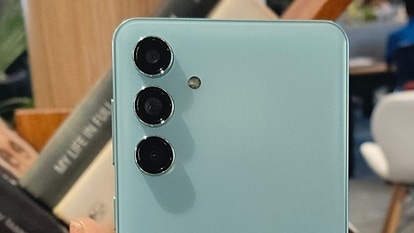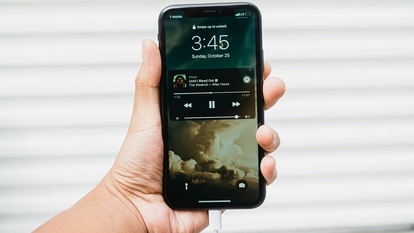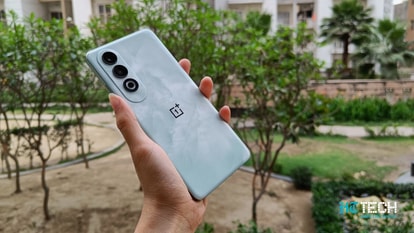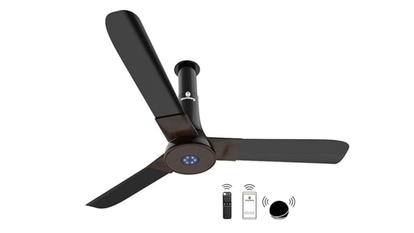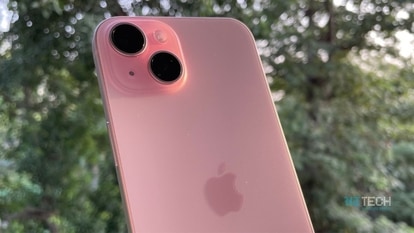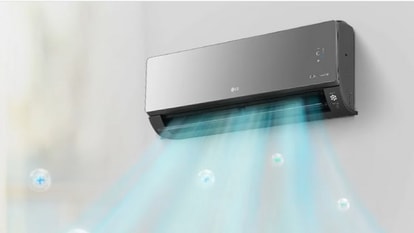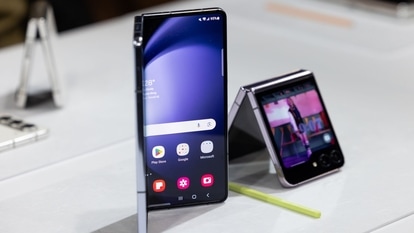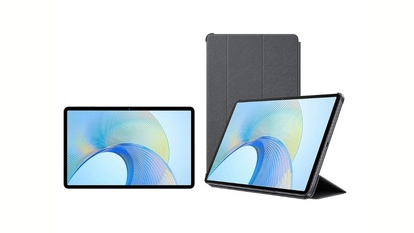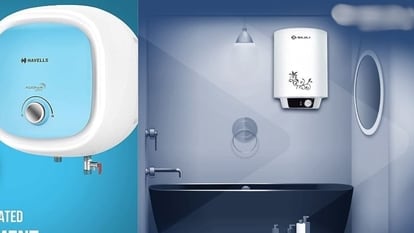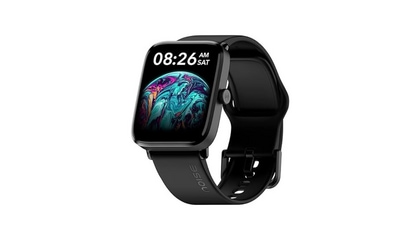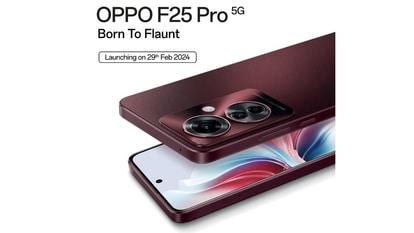How the world’s cheapest smartphone compares with its pricier cousins
Noida-based Ringing Bells grabbed headlines on Wednesday with the launch of the Freedom 251 smartphone that will be available for only ₹251.
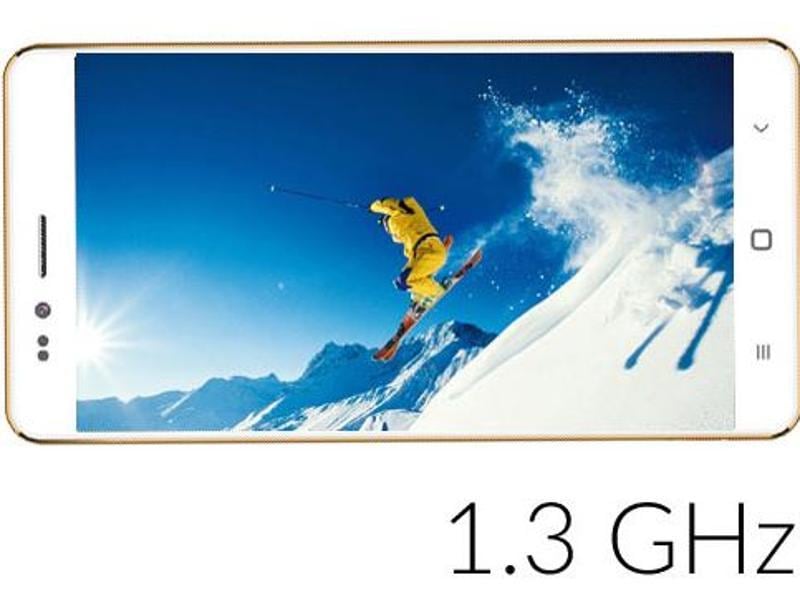
Noida-based Ringing Bells grabbed headlines on Wednesday with the launch of the Freedom 251 smartphone that will be available for only ₹251.
So is it actually possible to sell a half-decent smartphone that costs the same as most phone covers?
The promotional shots show a device with a slick, modern design with almost no bezels on the side. But when it comes to smartphones, it's what on the inside that counts. So let's compare the specs of the device to a couple of popular entry-level smartphones -- the Lenovo A2010 and Karbonn Mach One Titanium.
A few things to bear in mind: Both the Lenovo and the Karbonn smartphones cost more than ₹4,500 and higher specs don't always guarantee better performance.
Read | It costs ₹251: 10 things we know about world's cheapest smartphone
1. Display: Freedom 251 - 4 inch screen (275 PPI) Lenovo A2010 - 4.5 inch (218 PPI) Karbonn Mach One Titanium - 4.7 inch (312 PPI)
The Freedom has the smallest screen but sits bang in the middle when it comes to pixel density -- a measure of how sharp and clear a screen is. The Freedom has a pixel per inch of 275, not bad for a ₹251 smartphone, especially when the iPhone famed retina display has 326 pixels per inch and costs 100 times as much.
2. Processor: Freedom 251 - (1.3 GHz Quad core) Lenovo A2010 - (1 GHz Quad Core) Karbonn Mach One Titanium - (1.3 GHz Quad core)
The Freedom shares the top spot on raw specs with the Karbonn, but we still don't know the make of the processor. Does it matter? Yes it does. A two-year-old processor will run slower than a brand new model, regardless of the number of cores and gigahertz.
3. OS: All three devices - (Android Lollipop)
All three devices run Android Lollipop (although Freedom spells it as 'Lollypop' on the press release) and that's a good thing. Not only does Lollipop look pretty but also is more secure and better optimised.
4. Storage and RAM: All three devices - (8 GB storage expandable upto 32 GB and 1 GB RAM)
RAM and storage space are pretty basic on the Freedom 251 but they have clearly not completely skimped on it as the specs are the same as the Lenovo and the Karbonn. 1 GB RAM means you won't be able to do a lot of multi tasking but it's adequate for one task at a time and even light gaming.
5. Camera: Freedom 251 - (Rear: 3.2 MP/Front: 0.3 MP) Lenovo - (Rear: 5 MP/Front: 2 MP) Karbonn Mach One Titanium (Rear: 8 MP/Front: 5 MP)
They had to cut costs somewhere and the camera appears to be the big casualty. The Freedom 251 is a smartphone with a camera that would be more at home on a 2005-06 flip phone. Both the Karbonn and the Lenovo slay the Freedom on this spec. Don't expect to take anything more blurry/pixelated selfies on the Freedom 251.
Read | India's cheapest smartphone from Ringing Bells to cost ₹251
Final thoughts
Going purely by the spec sheet, the Freedom 251 stands up to its far more expensive (18 times more pricey) 'rivals'. But on paper, specs mean nothing on a phone with badly optimised software. The big fear with this clearly subsidised device is the amount of bloatware/crapware (unnecessary apps) it'll come pre-loaded with. Bloatware are loaded on most subsidised smartphones and they can cripple its overall usability.
But all in all, the Freedom 251's spec sheet punches way above its weight and has no business being this good while only costing ₹251.
Catch all the Latest Tech News, Mobile News, Laptop News, Gaming news, Wearables News , How To News, also keep up with us on Whatsapp channel,Twitter, Facebook, Google News, and Instagram. For our latest videos, subscribe to our YouTube channel.




